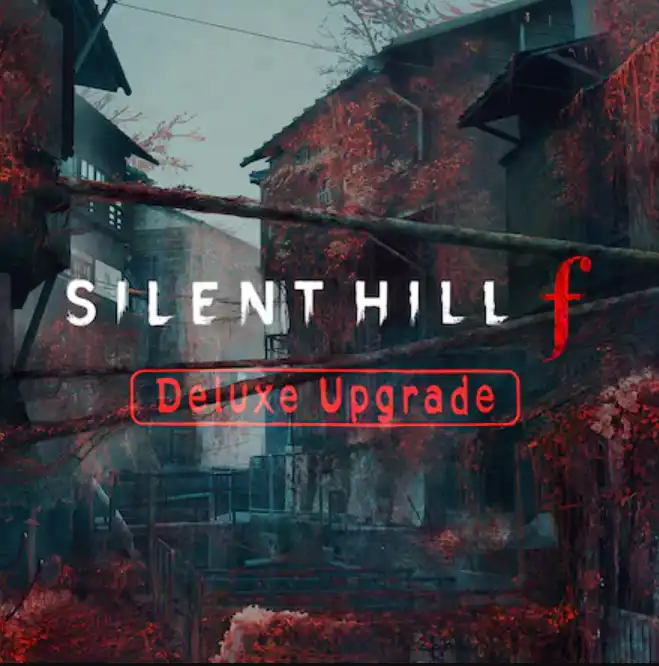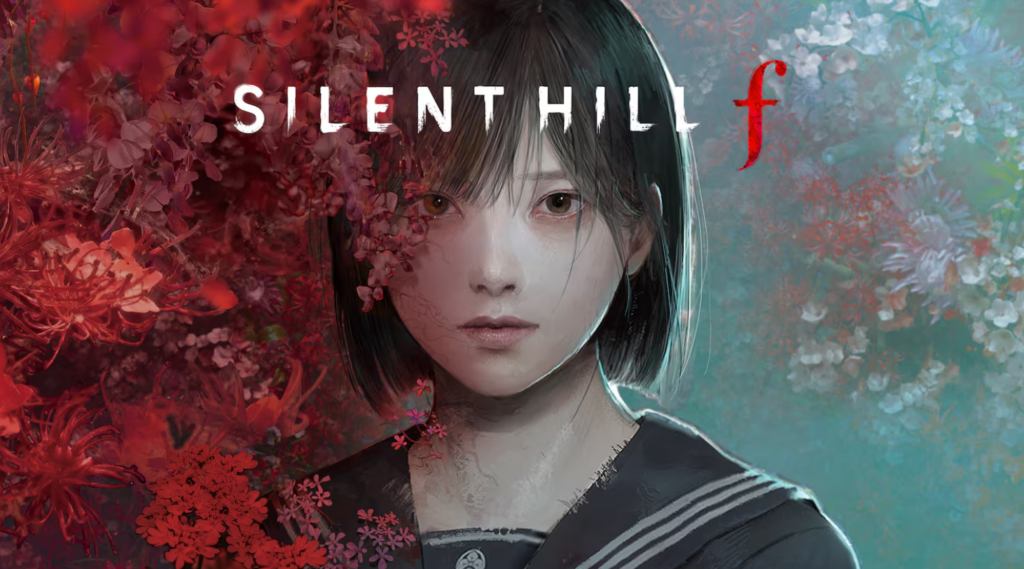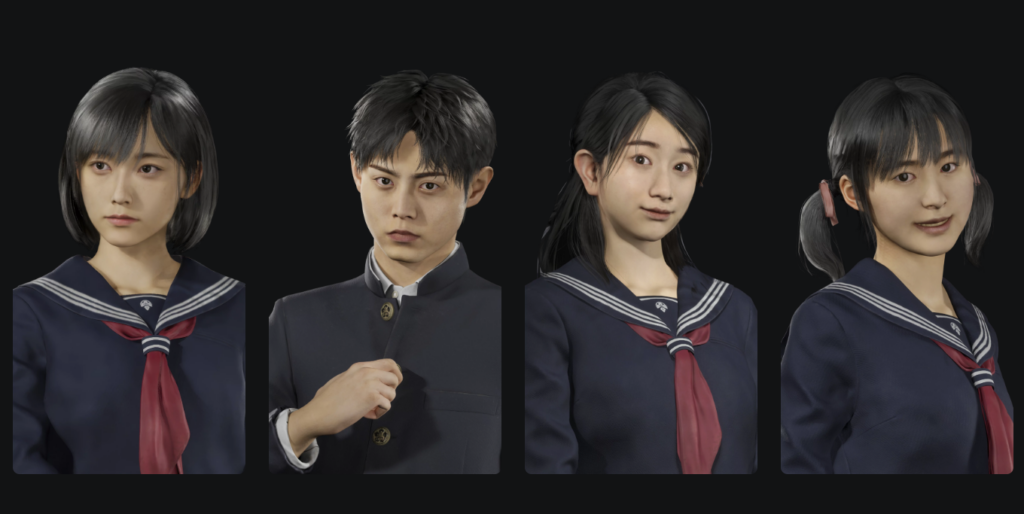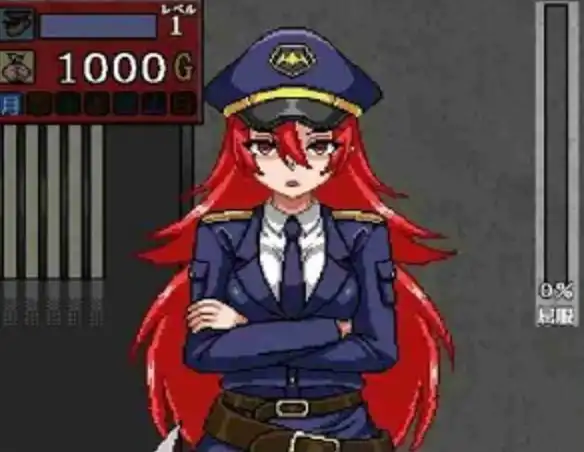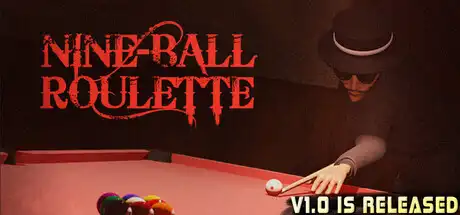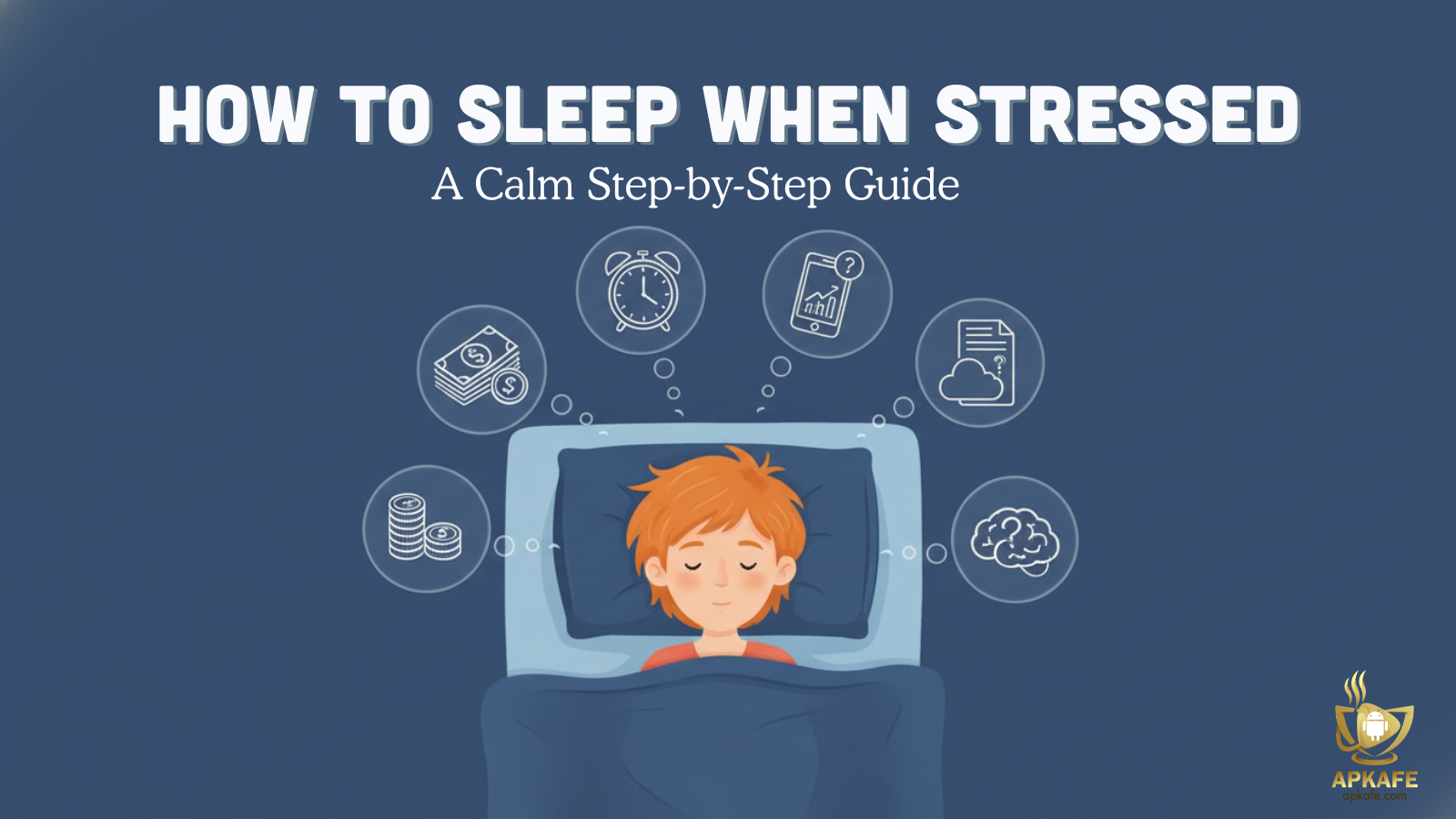Silent Hill f delivers a fresh take on the iconic survival horror franchise by relocating the terror to 1960s Japan. You play as Hinako Shimizu, navigating the fog-shrouded town of Ebisugaoka while uncovering supernatural mysteries, confronting disturbing monsters, and making choices that test your sanity. With haunting visuals, narrative depth, and tension at every turn, Silent Hill f aims to captivate longtime fans and newcomers alike.
Introduction
For decades, the Silent Hill series has been synonymous with psychological horror—dark atmospheres, twisted symbolism, and oppressive dread. With Silent Hill f, Konami introduces a new installment that roots itself deeply in Japanese folklore, cultural anxiety, and unsettling imagery. Rather than rebooting familiar themes, f ventures into new territory: a small valley town, fog that distorts reality, and a cast of characters whose inner struggles mirror the horrors they face.
This review delves into its storytelling, mechanics, audio-visual design, strengths and weaknesses, player reception, and comparison with other standout horror games.
Basic Information
-
Title: Silent Hill f
-
Platform: PlayStation 5 (PS5)
-
Release Date: September 24, 2025
-
Publisher / Developer: Konami Digital Entertainment
-
Editions Available: Standard Edition, Deluxe Edition with digital artbook, soundtrack, and costume extras
-
Play Mode: Single player, offline play enabled
-
Supported Languages / Regions: Multiple languages supported for interface, voices, and subtitles
-
Themes / Content: Psychological horror, supernatural phenomena, personal trauma, folklore, and moral choice consequences
These details frame Silent Hill f as a premium, narrative-driven horror title designed for a modern console audience.
Story & Setting
Silent Hill f is set in 1960s Japan, in the secluded valley town of Ebisugaoka. The story centers on Hinako Shimizu, a young woman who once lived a normal life but finds herself drawn back into a nightmare when the valley becomes enveloped in thick, unnatural fog. As the fog spreads, her world fractures: truth blends with hallucination; memories become unreliable; and the boundary between life and death blurs.
What distinguishes this narrative is its cultural anchoring: rituals, folklore, local superstitions, and atmospheric unease typical of rural Japan feed into the horror. The writer Ryukishi07 (known for blending psychological tension with mystery) weaves a tale in which each character holds secrets, and the player must piece together fragments of tragedy, guilt, and identity. The game often poses the question: are the monstrous occurrences external, or manifestations of inner turmoil?
Two distinct “worlds” are central:
-
Fog World — a more grounded, atmospheric version of Ebisugaoka, with decaying houses, overgrown paths, and eerie silence
-
Otherworld — a twisted, distorted mirror realm where geometry warps, monsters hunt, and the environment itself is hostile
Switching between these realms is a core mechanism, and the tension lies in not knowing which world is real — or sustainable.
Gameplay Mechanics & Systems
Silent Hill f maintains a blend of exploration, puzzle solving, and survival tension. Key mechanics include:
-
Exploration & Navigation: Players traverse both Fog and Otherworld versions of locations, searching for clues, items, and pathways. Environmental storytelling is strong — audio logs, handwritten notes, and visual cues deliver much of the narrative.
-
Puzzle Solving: Traditional Silent Hill puzzles make a return, but with a Japanese horror twist: tone, symbolism, and spatial distortions are often central to solutions. Some puzzles require shifting between worlds and observing changes in architecture or object alignment.
-
Stealth & Evasion: Direct combat is limited; players must avoid monsters, use hiding spots, and use tools to distract or deter threats. Resource scarcity (flashlights, healing items) keeps tension high.
-
Psychic / Sanity Elements: Hinako’s mental state affects perception. As stress or trauma increases, hallucinations intensify — corridors shift, monsters appear more frequently, and navigation becomes unreliable.
-
Narrative Branching & Choices: Dialogues and actions yield moral consequences that influence endings. Some choices may unlock hidden scenes or alternative monster encounters.
-
Audio & Sensory Feedback: 3D spatial audio, ambient sounds, dynamic music cues (composed by Akira Yamaoka), and controller haptics via DualSense heighten immersion.
The balance between horror and restraint is delicate. Overexposure to threat risks desensitizing players; too little confrontation risks making horror feel hollow. Silent Hill f leans toward psychological dread over fast-paced action.
Visuals & Sound Design
Silent Hill f excels in aesthetic polish. The game’s visuals combine period architecture, Japanese countryside aesthetics, and surreal horror design. Fog, rain, and lighting effects are layered carefully to conceal and reveal. The transition between Fog World and Otherworld is often seamless, with environmental distortions that unsettle more than they “shock.”
On the audio front, the soundtrack carries deep weight. Akira Yamaoka’s involvement means ambient drones, echoing piano motifs, dissonant drones, and silence itself become characters. The voice acting, in multiple languages, supports authenticity without overacting. Environmental sound (wind, creaks, distant whispers) is constantly paired with haptic feedback in the controller to keep players on edge.
Characters
Silent Hill f introduces a cast tied closely to Hinako’s emotional journey:
-
Hinako Shimizu — Protagonist, a young woman burdened by memory, guilt, and social pressure. Her emotional arc drives much of the tension.
-
Iwai Shu — Hinako’s childhood friend, linked intimately to local mist lore and herbal traditions. He holds knowledge of old customs and possibly darker secrets.
-
Nishida Rinko — Observant, curious, sometimes interfering with rumors and local gossip. She’s sensitive to shifts in reality.
-
Igarashi Sakuko — Spiritually inclined and tied to Shinto rituals, she has access to local myths and may guide or mislead.
Each character has motivations, flaws, and hidden connections to the town’s supernatural disturbances. As players progress, backstories unfold, exposing alliances, betrayals, and personal horrors.
Pros & Cons
Pros
-
Fresh cultural direction: relocating to Japanese folklore gives the franchise new texture
-
Deep narrative: moral choices and character secrets enrich replay value
-
Excellent production values: visuals, audio, and world design are top-tier
-
Psychological tension: less about jump scares, more about sustained dread
-
Dual-world mechanic: shifting environments enhance mystery
Cons
-
Niche appeal: slower pacing and ambiguity may alienate players seeking action
-
Difficulty spikes: some puzzles or monster encounters may frustrate
-
Possible confusion: world transitions and hallucinations can disorient players too much
-
Replay complexity: moral branching may require multiple runs to fully appreciate
-
Platform exclusivity: only on PS5, limiting access for non-PlayStation owners
Player Reception & Early Impressions
Though too early for long-term reviews, first impressions from players and critics note the following:
-
Many praise the atmosphere and narrative ambition, calling it one of the strongest Silent Hill entries in years.
-
Some criticisms focus on pacing — certain stretches feel slow, and the balance between exploration versus tension sometimes wavers.
-
A recurring comment: the game rewards patience and attention to detail; reckless play often leads to frustration or death.
-
Visual glitches or frame drops in crowded scenes have been reported in early builds, but not universally.
Overall, reception leans positive, especially among horror fans willing to engage thoughtfully with the story.
Comparison: Silent Hill f vs Other Horror Titles
When placed next to recent horror games, Silent Hill f holds its own in several ways:
-
Versus Resident Evil series: Resident Evil leans toward action-horror with weapons, inventory systems, and high tension combat. Silent Hill f emphasizes psychological dread and minimal confrontation, aiming for more subtle terror.
-
Versus Alan Wake / Control / Death Stranding (from the spiritual-mystery genre): Those games blend narrative mystery with supernatural elements. Silent Hill f leans more heavily into horror and psychological unease, making it darker in tone.
-
Versus indie horror (e.g., Layers of Fear, Observer, Soma): Many indie horror games focus on narrative and psychological motifs. Silent Hill f competes with them by combining AAA production values with deep storytelling, making it a rare hybrid of scale and atmosphere.
If you prefer horror that challenges your mind over your reflexes, Silent Hill f may deliver more reward than spectacle.
FAQs
- Is Silent Hill f part of the main Silent Hill canon?
Yes, it is set as a standalone story within the franchise universe, but it introduces new characters and lore distinct from previous entries. - Will Silent Hill f have multiple endings?
Yes, player choices influence outcomes and can unlock alternative scenes or endings. - Is it scary for casual gamers?
The game leans heavily into psychological horror — unsettling moments, tension, and ambiguity rather than constant combat. Casual players may find it intense and slow-paced. - Is there replay value?
Yes. Moral choices, hidden paths, and character backstories encourage multiple playthroughs.
Conclusion
Silent Hill f takes a bold step for the franchise by shifting its horror roots into Japanese soil. It combines deep storytelling, atmospheric design, and haunting audio to offer a memorable psychological horror experience. While the pacing, puzzle design, and confusion risk may not suit everyone, for fans of slow-burning dread and narrative depth, Silent Hill f stands as one of the most compelling entries in recent horror gaming.
If your focus is on immersive horror that lingers, Silent Hill f deserves attention. Just be patient — it’s not built for jump scares, but for fear that creeps beneath the skin.
User Reviews

